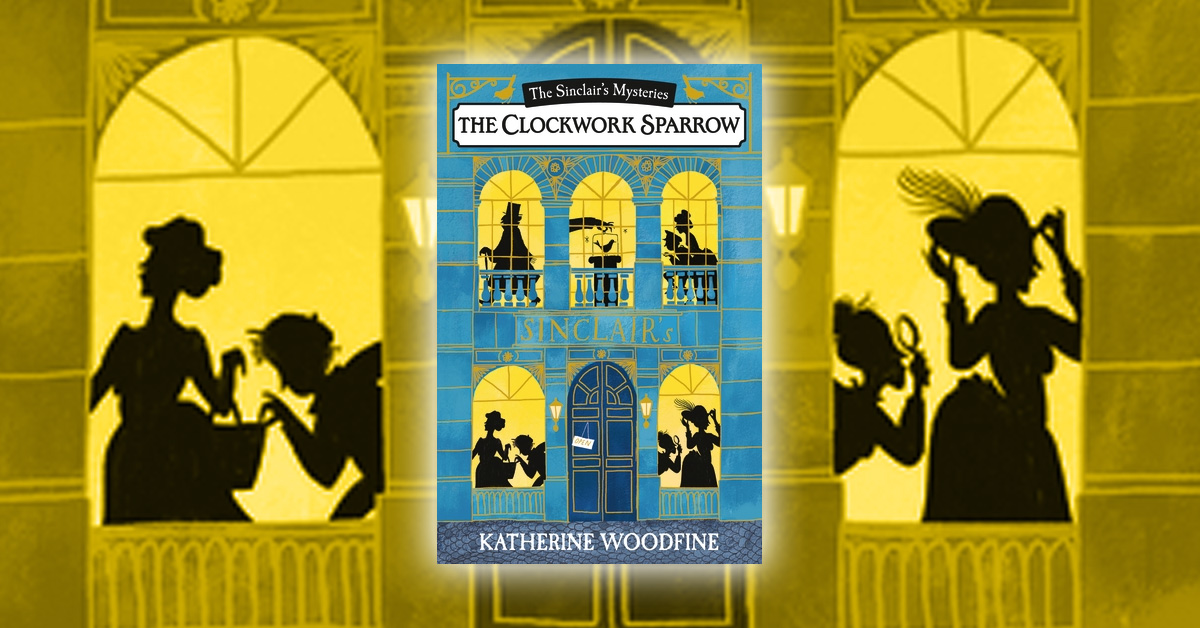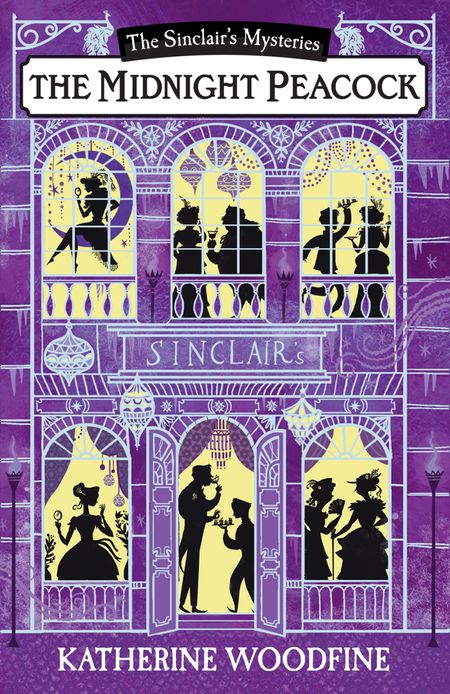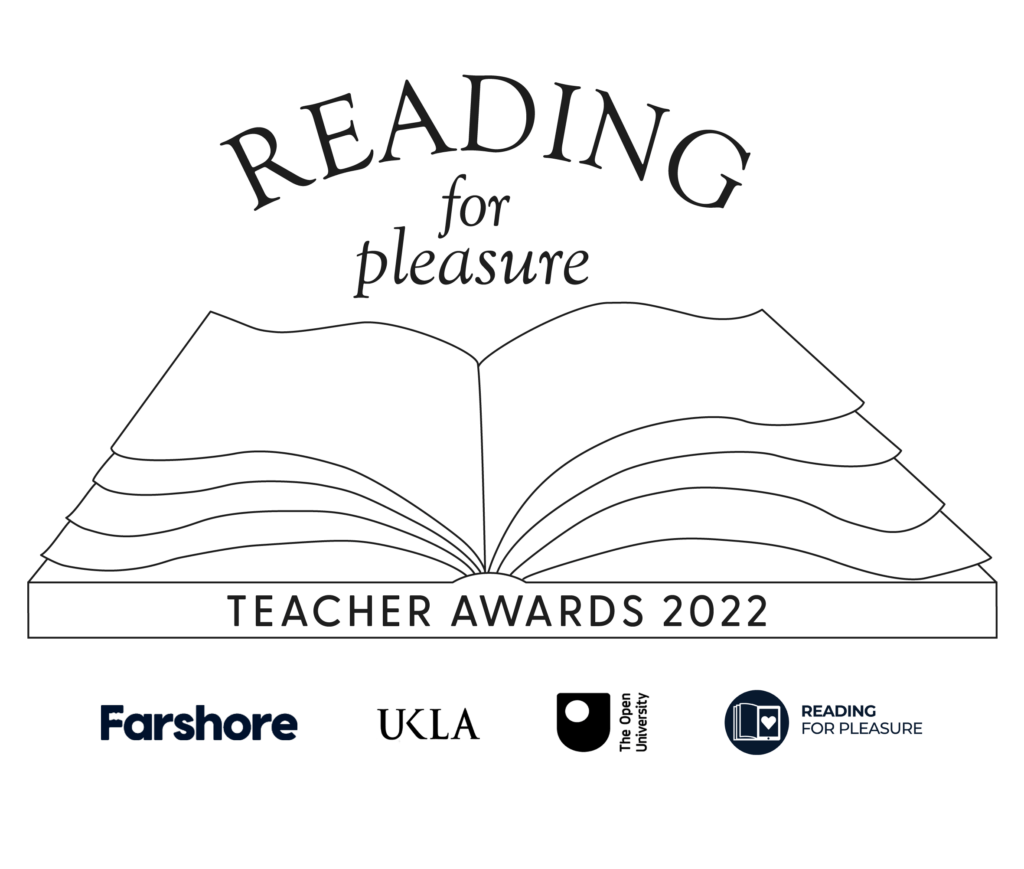When I started writing The Clockwork Sparrow, the first book in the Sinclair’s Mysteries series, I knew that the London location was going to be hugely important to the story. I wanted to take inspiration from my own experiences of living in London, as well as the real history of the city in the 1900s, and weave it into the world of the book.
Throughout writing the series, I’ve spent a lot of time walking around different parts of London – from the glitzy shops and theatres of the West End, to the riverside of the East, and the twisty streets of the City. I’ve enjoyed spotting traces of the old Edwardian city which still exist in the fabric of modern-day London – from the intriguing ‘ghost signs’ that you can still see on some old buildings, to 1900s lamp-posts, and even pubs like the Lady Ottoline, named for Edwardian society hostess Lady Ottoline Morrell.
I’ve looked at old maps, old photographs, and even Edwardian travel-guides to London. I wanted to be able to imagine as vividly as I could what it might have felt like for my characters, as they walked around London’s streets over 100 years ago.
Although most of the places that appear in the book are fictional, they are very much inspired by real-life London locations. Here are some of the key places that have appeared in the series so far – and their real-life inspirations. You can also click on the interactive map below to explore London with the Sinclair’s Mysteries.
Sinclair’s Department Store, Piccadilly
Sinclair’s, the glamorous department store at the heart of the series, is fictional – but it takes inspiration from many real-life department stores, such as Liberty’s and Harrods, which you can still visit today. In particular it owes a great deal to Selfridges, which also opened in 1909.
In the books, Sinclair’s is specified as being situated on London’s Piccadilly. I always imagine it being roughly in the position of Waterstone’s Piccadilly (which appropriately was once the site of famous department store Simpson’s) close to Piccadilly Circus.
Piccadilly feels like the perfect surroundings for Sinclair’s even today. There’s The Ritz and The Wolseley (where it’s easy to imagine Mr Sinclair himself dining), and the grand Royal Academy of Art. The department store Fortnum & Mason has a definite Sinclair’s vibe – as does the beautiful Burlington Arcade, with its uniformed doormen and glittering window-displays.
L Lim & Sons Grocer’s Shop, Limehouse
A world away from Sinclair’s, in the heart of Edwardian Chinatown, is the grocer’s shop where Mei Lim and her family live. Whilst today London’s Chinatown can be found in the West End, in the 1900s it was situated in East London, close to the docks. From the mid-1880s, Limehouse had been home to a small Chinese community. Most of its residents were sailors, but there were also some families like Mei’s.
In the 1930s the Limehouse Chinatown began to decline as a result of the slump in shipping. Many of the so-called ‘slums’ in the area were torn down, and much of Limehouse was then destroyed in World War II during the Blitz. After the war, a new Chinatown sprung up in Soho, where it continues today. Today, there are very few traces remaining of the lost East End Chinatown, but you can still spot a tin dragon sculpture close to Westferry station, which marks its location. I imagine the Lim family grocer’s shop as being in this area.
The Fortune Theatre
In Clockwork Sparrow Lil makes her debut on stage in the chorus line of a show called The Shop Girl at The Fortune Theatre – which also plays an important role in the short story ‘The Mystery of the Purloined Pearls’.
The Fortune is fictional – whilst there is a Fortune Theatre in the West End today, it didn’t open its doors until 1924. But the theatre is inspired by many real West End theatres of the time, in particular The Gaiety on Aldwych which was famous for frothy musical comedies and its chorus-line of singing and dancing ‘Gaiety Girls’. Today, The Gaiety no longer exists – it suffered bomb damage during World War II and stood empty for a number of years before eventually being demolished in the 1950s.
It’s also interesting to note that in the 1600s there was also a Fortune Playhouse in London – today a blue plaque on Fortune Street marks the site where it once stood. Given that I wrote some of the Sinclair’s Mysteries in a cafe on Fortune Street directly opposite this blue plaque, perhaps it’s not entirely surprising that I ended up naming my fictional theatre The Fortune…
Miss Veronica Whiteley’s home, Mayfair
Debutante Miss Veronica Whiteley lives in Mayfair, on elegant Belgrave Square. It’s still very easy to imagine what this grand square might have looked like in the 1900s, when it was exactly the kind of place that a wealthy family like the Whiteleys might have had their ‘London residence’.
The Spencer Institute, Bloomsbury
The Spencer Institute – the art school that Leo, Jack and their friends attend in Painted Dragon – is loosely based on a real London art school, the famous Slade School of Fine Art. In the 1900s the Slade was attended by young artists including Dora Carrington and Paul Nash.
Like the real Slade school, I imagine the Spencer being situated in Bloomsbury, close to the British Museum, which also makes an appearance in Painted Dragon. In the 1900s, many artists and writers lived in this part of London, most famously of course, the ‘Bloomsbury Group’ including Virginia Woolf and the artist Duncan Grant, who also briefly studied at the Slade.
The Cafe Royal, Regent Street
The Cafe Royal is very much a real place – you can still find it on London’s Regent Street today, although it now looks quite different to the Cafe Royal of the 1900s.
The cafe was the place to go for London’s artistic community, from the Edwardian era right up until the 1950s. In the 1900s, it was frequented by artists, actors, writers and politicians as well as students (like Leo and Jack, who visit it in Painted Dragon) and members of London’s high society.
Many stories circulated about the scandalous goings-on that took place there, and the celebrated people who visited. According to one of the books I read to help me research Painted Dragon (Among the Bohemians by Virginia Nicholson), the Cafe Royal was ‘the centre of the Bohemian universe… less a cafe, more a way of life’.
Wyvern House, City of London
Wyvern House is the mysterious gentlemen’s club which has an important role to play in Painted Dragon. Whilst Wyvern House itself is fictional, in the 1900s gentlemen’s clubs were very popular. Most of them were situated in St James’s in the West End, which is known as ‘Clubland’ to this day.
I broke with tradition by situating my fictional gentlemen’s club in the heart of the City of London, on one of the narrow streets close to the Bank of England. This part of London still has a very old-fashioned feel – it’s easy to imagine gentlemen in silk top-hats strolling down these streets, or carriages rattling by. The gold dragon sign that appears outside Wyvern House is partly inspired by some amazing old signs you can spot on Lombard Street – including a golden grasshopper and a cat-and-fiddle.
Mr Lyle’s home, Chelsea
Curator and art collector Mr Lyle lives in Chelsea in one of the beautiful streets overlooking the river. I imagine his residence being somewhere like the lovely Cheyne Walk. Just a stone’s throw away is the Chelsea Physic Gardens, another real-life location which becomes an important rendez-vous point at the end of Painted Dragon.







